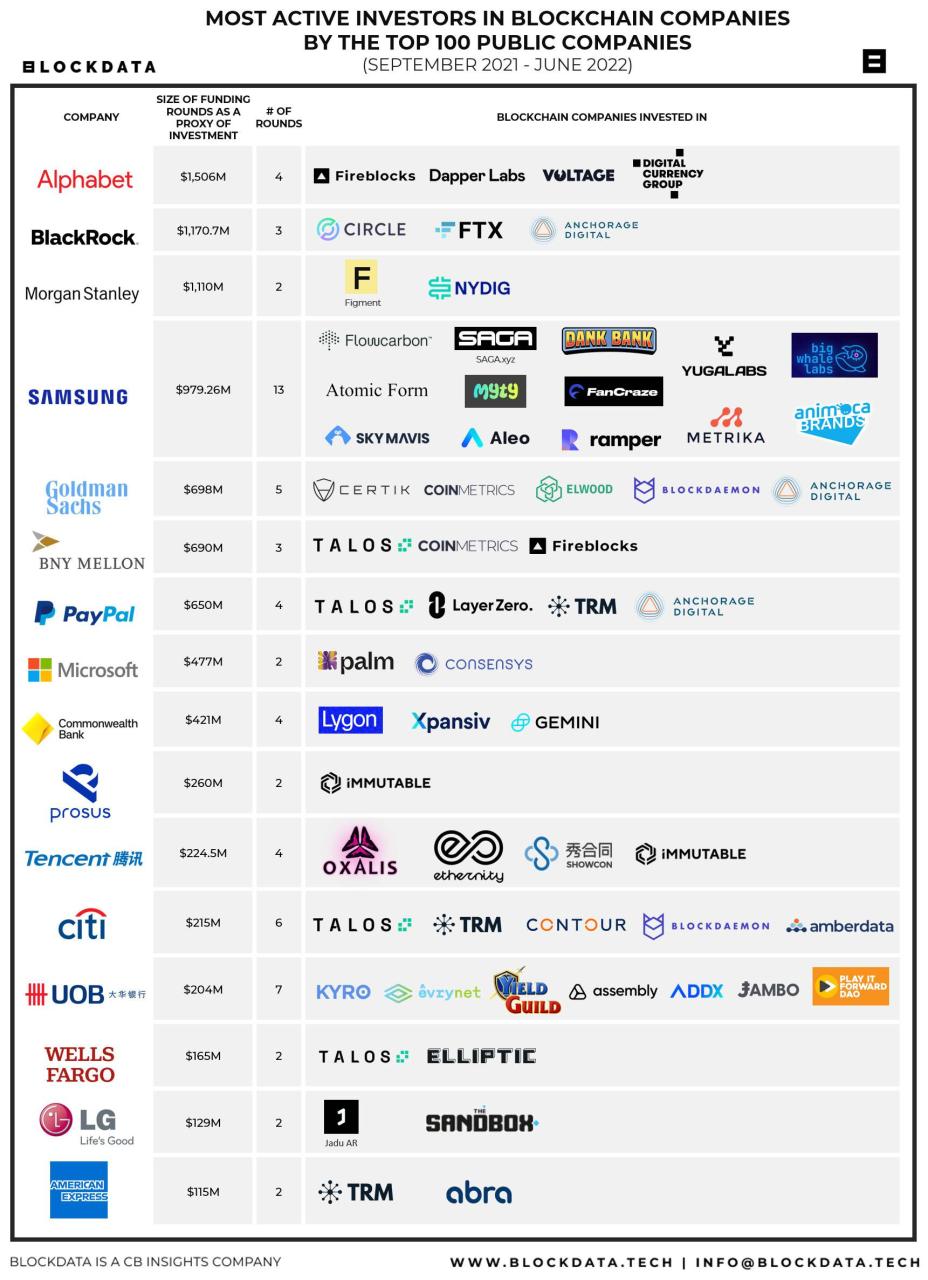
Institutional Adoption
Institutional adoption refers to the increasing acceptance and use of cryptocurrencies by established financial institutions, such as banks, investment firms, and hedge funds. This trend is a significant indicator of the growing legitimacy and maturity of the cryptocurrency market.
One of the most notable examples of institutional adoption is the involvement of BlackRock, the world’s largest asset manager. In 2021, BlackRock launched a private bitcoin trust for its institutional clients, signaling a growing confidence in the long-term potential of cryptocurrencies.
Institutional adoption is driven by several factors, including:
- Diversification: Cryptocurrencies offer a potential source of return diversification for traditional investment portfolios.
- Technological advancements: Improvements in blockchain technology and infrastructure make cryptocurrencies more accessible and secure for institutional investors.
- Regulatory clarity: Regulatory frameworks are emerging in various jurisdictions, providing greater clarity and reducing uncertainty for institutional investors.
- Growing investor demand: Increasing demand from individual investors and corporations is prompting institutional investors to explore cryptocurrency investments.
Institutional adoption has a number of benefits for the cryptocurrency market:
- Increased liquidity: Larger institutional players can provide increased liquidity to the cryptocurrency markets, reducing volatility and making it easier for individuals to buy and sell cryptocurrencies.
- Increased credibility: The involvement of established financial institutions lends credibility to cryptocurrencies and helps to dispel concerns about their legitimacy.
- Long-term stability: Institutional investors typically take a long-term view of investments, which can provide stability to the cryptocurrency market by reducing short-term price fluctuations.
Overall, institutional adoption is a positive development for the cryptocurrency market. It indicates a growing acceptance and trust in the technology, which is likely to lead to increased investment and long-term growth.


